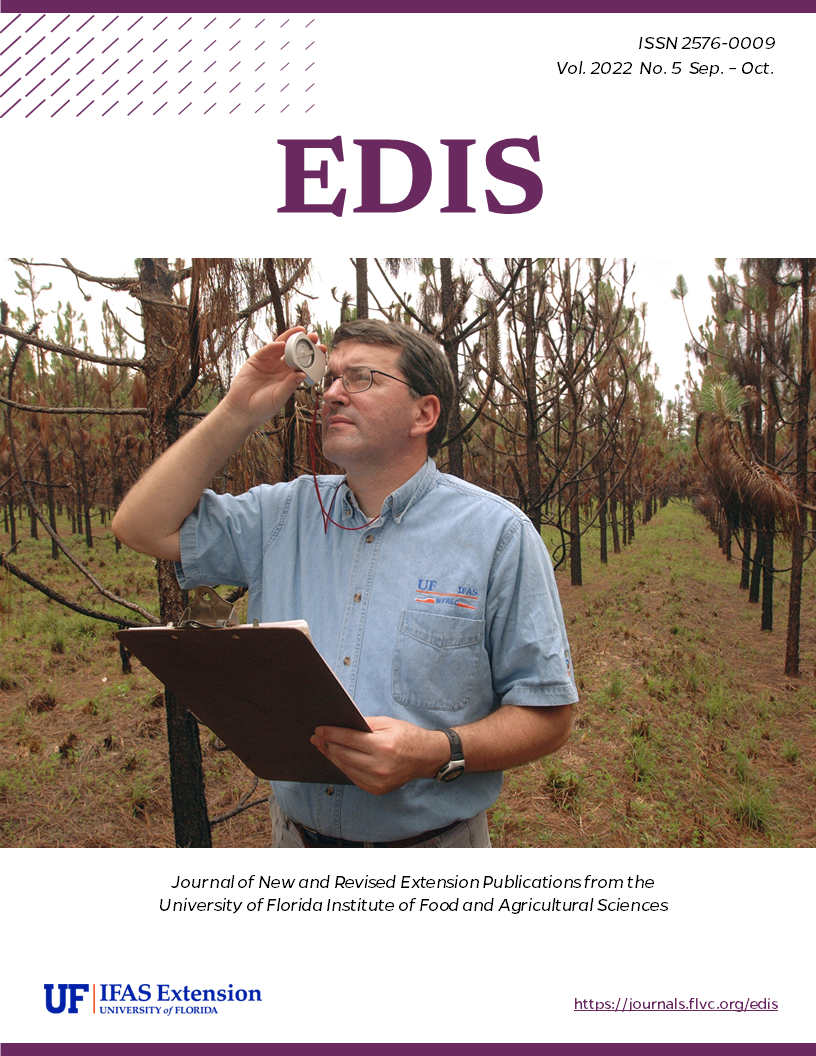Abstract
Este artículo explica por qué, cuándo y cómo podar el lúpulo en Florida. Además, es parte de una serie que examina los desafíos y oportunidades de la producción de lúpulo en Florida basada en la investigación en el Centro de Investigación y Educación de la Costa del Golfo UF/IFAS (UF/IFAS GCREC). A translation of HS1439, Postharvest Pruning Guide for Hops in Florida; written by Mariel Gallardo, Shinsuke Agehara, Christopher DelCastillo, and Jack Rechcigl; translated by Mariel Gallardo; published by the UF/IFAS Horticultural Sciences Department; 3 pp.
https://edis.ifas.ufl.edu/hs1450
References
Aerts, R. 1996. “Nutrient Resorption from Senescing Leaves of Perennials: Are There General Patterns?” J. Ecol. 84:597–608. https://doi.org/10.2307/2261481
Agehara, S,. 2020. “Using Supplemental Lighting to Control Flowering of Hops in Florida.” EDIS 2020 (2). HS1365. https://doi.org/10.32473/edis-hs1365-2020
Agehara, S., M. Gallardo, A. Acosta-Rangel, Z. Deng, J. Rechcigl, T. Luo, and Q. Qiu. 2021. "Crop Management Practices and Labor Inputs for Hop Production in Florida.” EDIS 2021 (2). HS1409. https://doi.org/10.32473/edis-hs1409-2021.
Mabie, D. M. 2021. “Assessment of the Effects of Airflow Conditions Related to Hop Drying.” PhD Diss., The University of Nebraska–Lincoln, Lincoln.
The University of Florida. 2022. “Disinfecting Your Garden Tools.” Accessed January 22, 2022. https://gardeningsolutions.ifas.ufl.edu/care/tools-and-equipment/disinfecting-tools.html

